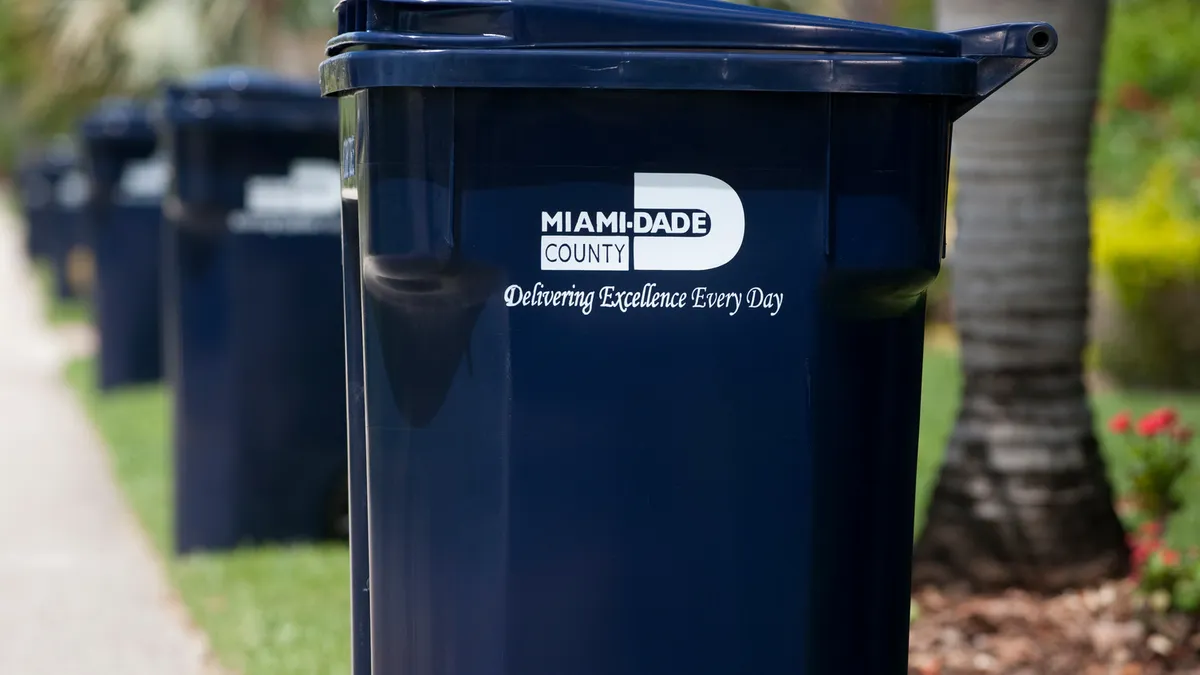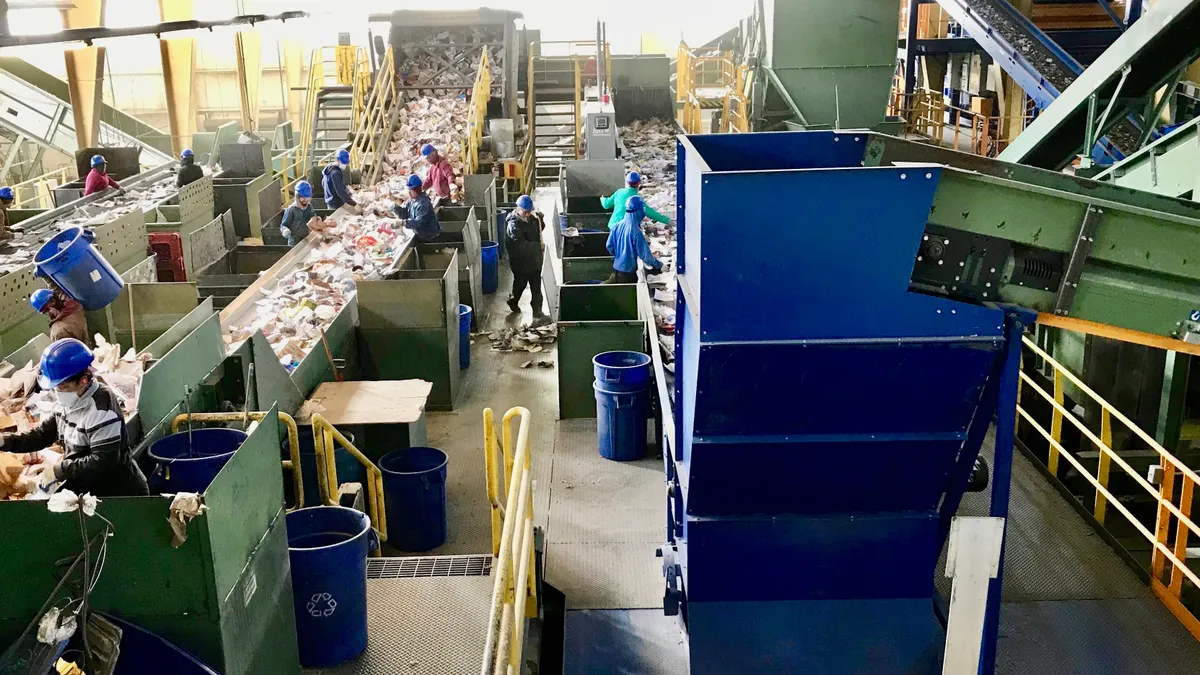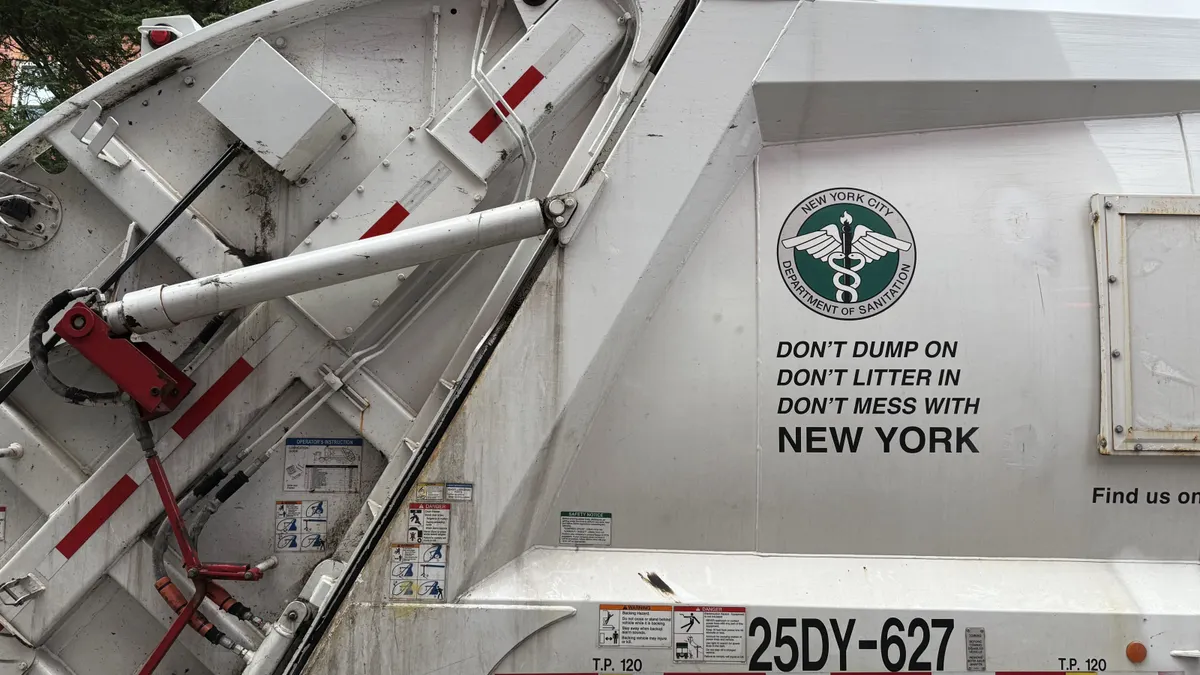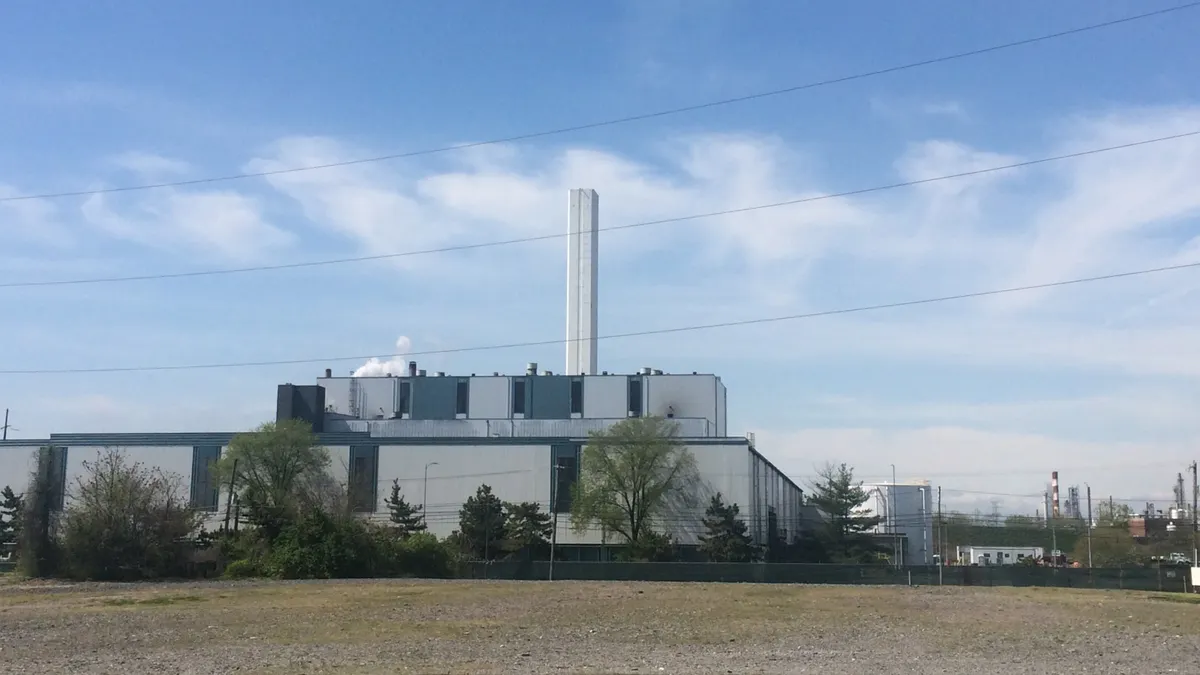Editor's Note: This piece was written by Shift Energy Holdings CTO Adrian Tylim, a renewable energy expert and former adjunct professor of sustainability. The opinions represented in this piece are independent of Waste Dive's views.
Leaders around the world have been celebrating the news of ratification of the Paris Climate agreement by major economies like the U.S., China and India. For the U.S., our commitment means reducing emissions more than 25% below our 2005 level by 2025.
While we thought that implementing the policies and mandates enacted by Congress, enforced by the Environmental Protection Agency (EPA) and trickled down to the state level might help us achieve this worthy goal, new analysis shows that this does not appear to be the case.
Recent work by Jeffery Greenblatt and Max Wei, two researchers at Lawrence Berkeley National Laboratory, shows that America's current contribution plans to reduce the impact of climate change is insufficient to meet the Paris Agreement. So, as we are ratifying the agreement, after counting all inputs and outputs based on current and programmed reduction practices, the scientists tell us that in essence our plans fall short. It feels as if we lost before we started although, this is not totally accurate. Many states like California have demonstrated over and over that clean energy is the way to a better environment and improved economy.
Part of this accounting shortcoming is a reflection of new, more accurate inventory data and estimates regarding methane (CH4) gas emissions that we did not prior have. Methane's global warming potential is 25 times higher than carbon dioxide. Having credible data to account for all gases emitted and implementing a comprehensive strategy to reduce greenhouse gas emissions is imperative to ensure that the U.S. can indeed meet its target.
In the U.S., methane represents 11% of total greenhouse gas emissions. Methane gas emissions resulting from man-made activities are largely generated by the oil and gas industry followed by agriculture and landfill practices. The latter represents one-fifth of all methane emissions.
On the bright side, significant reduction in greenhouse gases from oil and gas emissions will continue to be achieved as more renewable energy and cleaner technologies are deployed. Obvious economic benefits are pushing more people to replace their cars and trucks with better, more efficient hybrid and electric equivalents. Both commercial and residential building owners are implementing energy efficiency technologies that reduce their carbon footprint because they save money. Regardless of the reason, we embrace any positive contribution to climate change.
But, in spite of the progress achieved in transportation and the built environment, we need to urgently focus on an area that requires an immediate and extensive makeover: our landfills.
Although waste management practices have improved in recent years, we have not done enough to improve landfill operations in a meaningful way. We have looked at the totality of waste generation and implemented recycling to divert waste from landfills. But recycling has not been very successful in the U.S. for a number of reasons including lack of a uniform and cohesive communication strategies about recycling practices from utilities and collection companies.
In general, messaging is confusing and inconsistent from city to city. People can’t figure out best recycling practices and default to comingling waste and negatively impacting recycling rates. A Pew Research Center study conceded that recycling rates have decreased from its peak of 34.7% in 2011. Recently, the largest waste management company in the U.S. acknowledged this issue as a basis to decrease activities and investment in recycling. So, the landfill still stands as our final repository of waste in spite of our good intention.
Almost the same landfilling practices that originated with the Romans and Greeks thousands of years ago are still being used in many places around the world. Landfills affect surrounding communities and the natural environment. Downwind odors can’t be contained. Leachate is a nasty polluting liquid that can severely affect water reservoirs, animals and plants.
To deal with this problem, tighter EPA regulations mandating leachate control and technology for capturing the methane gas produced by the decomposition of waste have been implemented. In a recent rule, EPA determined that a well-designed and well-operated landfill gas collection-and-control system remains the best system of emissions reduction for controlling landfill gases. It further determines that flaring gas is an acceptable gas control method.
Mind you, these are our "best practices" to reduce the effect of landfills on climate change. They are short and they are ineffective. This cannot be an acceptable way to deal with basic infrastructure problem in America in the 21st Century. We can do better. Many examples abound in the European Union and Japan where significant and almost complete elimination of landfill practices have been achieved by converting municipal solid waste to energy, for example.
Today we can find, around the world, commercially proven technologies that can be integrated to convert all of the waste from an environmental nuisance into renewable commodities. Investment in this type of infrastructure should be a welcomed opportunity and acceptable risk for global investors given the predictability of waste volumes, availability of proven technologies and the ability to produce marketable renewable commodities.
It is high time for us to re-engineer landfills into renewable manufacturing plants.
There is no reason why the U.S. and other countries cannot focus on a path to ridding the world of a practice almost as old as humanity that is contributing to the destruction of our standard of living and the demise of many species around the world.
















